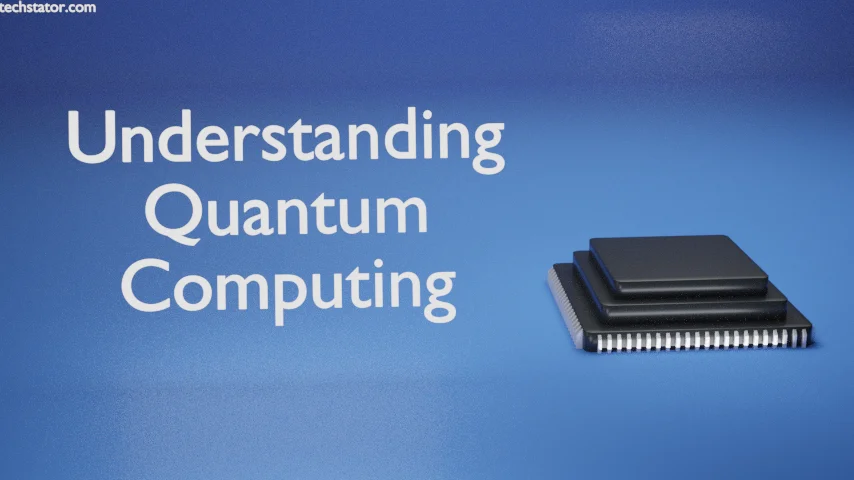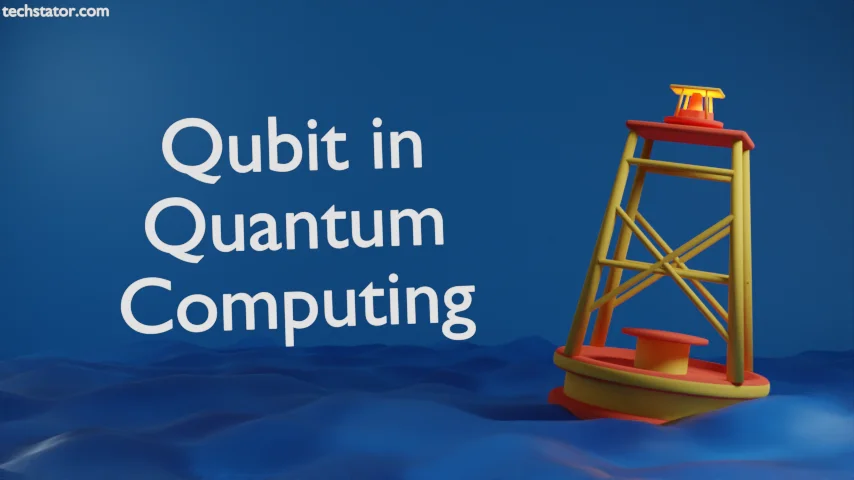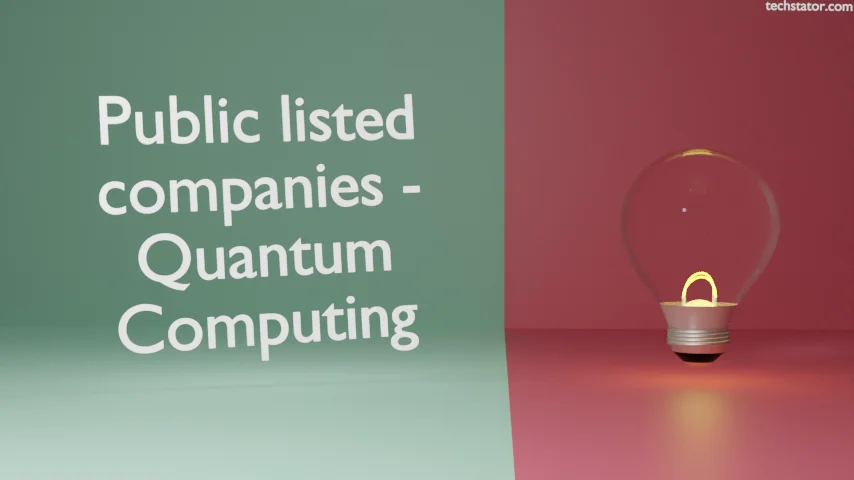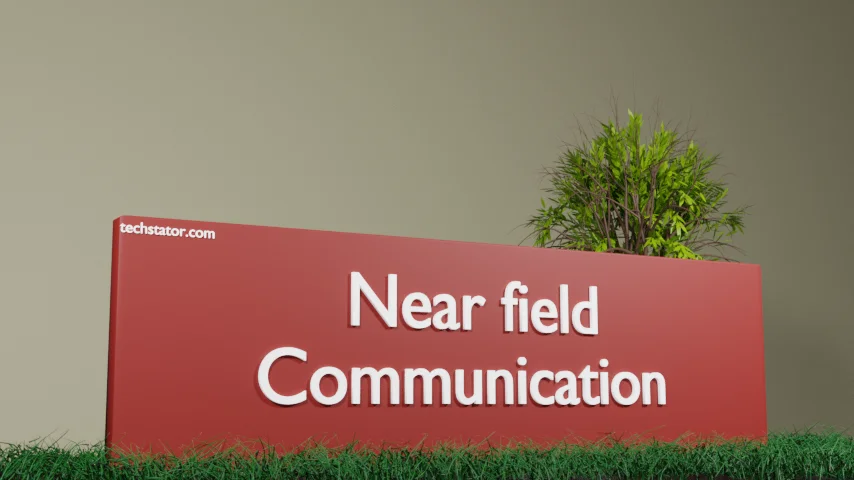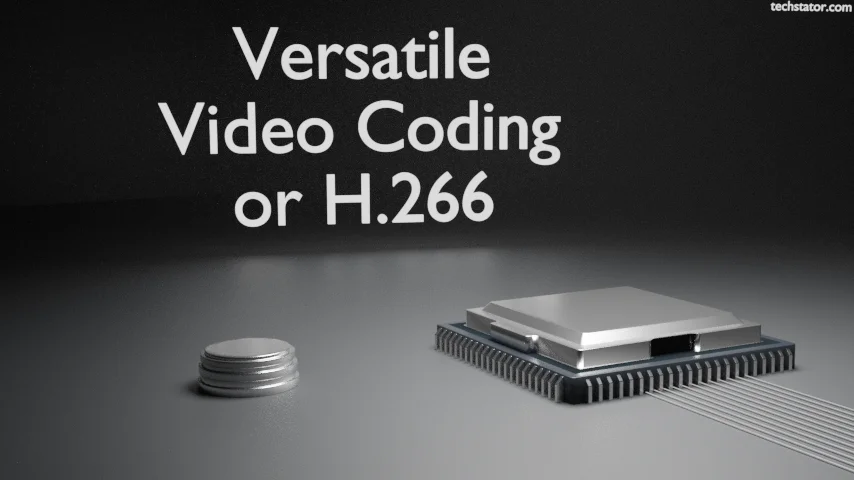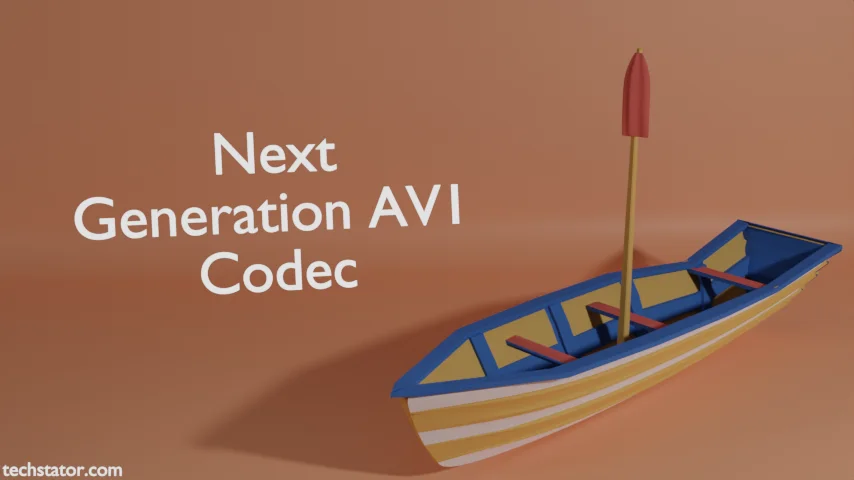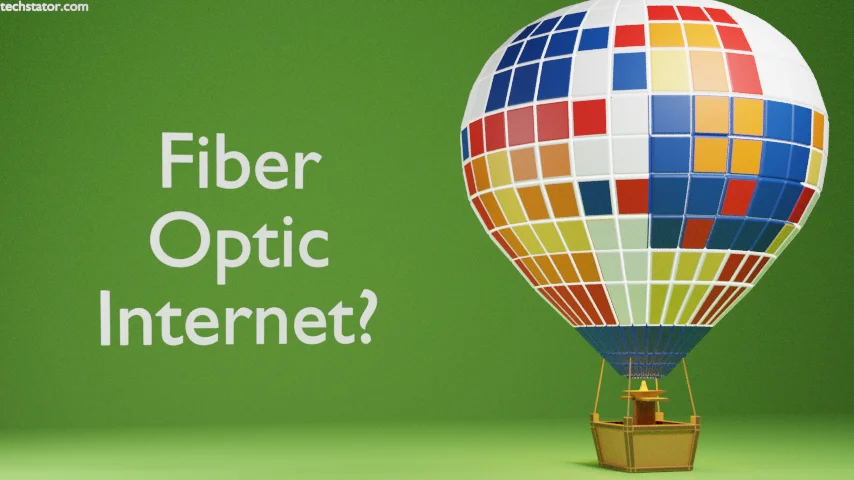What is Spatial Computing?
Computing is evolving at a unprecedented rate and magnitude. Human interaction with computers is limited to virtual world. Expanding it further to physical world requires a different approach. Interaction with virtual space by a user can allow a real physical objects to a part of virtual world.
Furthermore, the seamless transition of real world objects and its characteristics to virtual world with their interaction is a part of Spatial Computing. It includes objects, spaces, feedback, physical, visible and virtual aspect of interaction.
We use Spatial Computing in virtual reality and augmented reality. It brings forward the application through VR and AR hardware. While, virtual Reality is completely about virtual world. The Augmented Reality is virtual user interaction in real world.
Augmented Reality (AR) glasses
The Augmented Reality (AR) glasses is an example. AR glasses is similar to a normal glasses. It displays information to user. The information is displayed inside glasses. A simple example can be of a user visiting a historical monument and glasses displaying all the historic data. A user can clearly see the monument and AR glasses can interact with environment to display information.
The example gives a idea of what it is. Spatial Computing expands in different aspects as well. AR glasses interaction with environment can further develop to input user interaction as well. We can use it for voice and gestures as well.
It is particularly useful for field workers in different industries. It is helpful with many operational and equipment data. Real time data on field with quick hands on data processing through spatial computing can save critical time as well as resources.
Spatial Computing is also useful in training and industries that require a higher visual interaction with teaching and practising technical implementation. This can range from high end, real time virtual simulators to simple know how technical walk through.
Lastly, while the use cases are beginning to surface, the technology in itself remains promising. Its expansion will only lead to further research and development.
